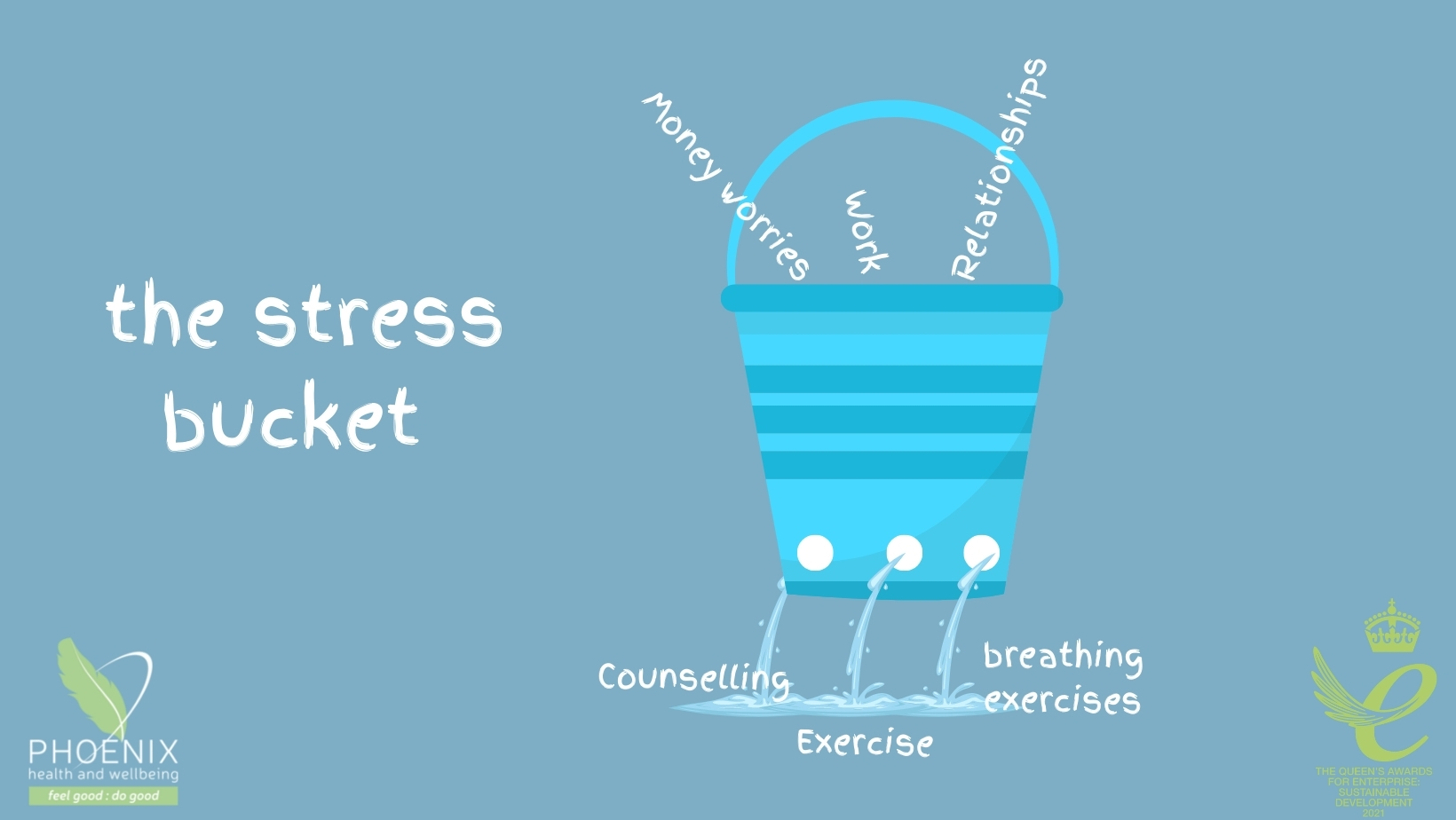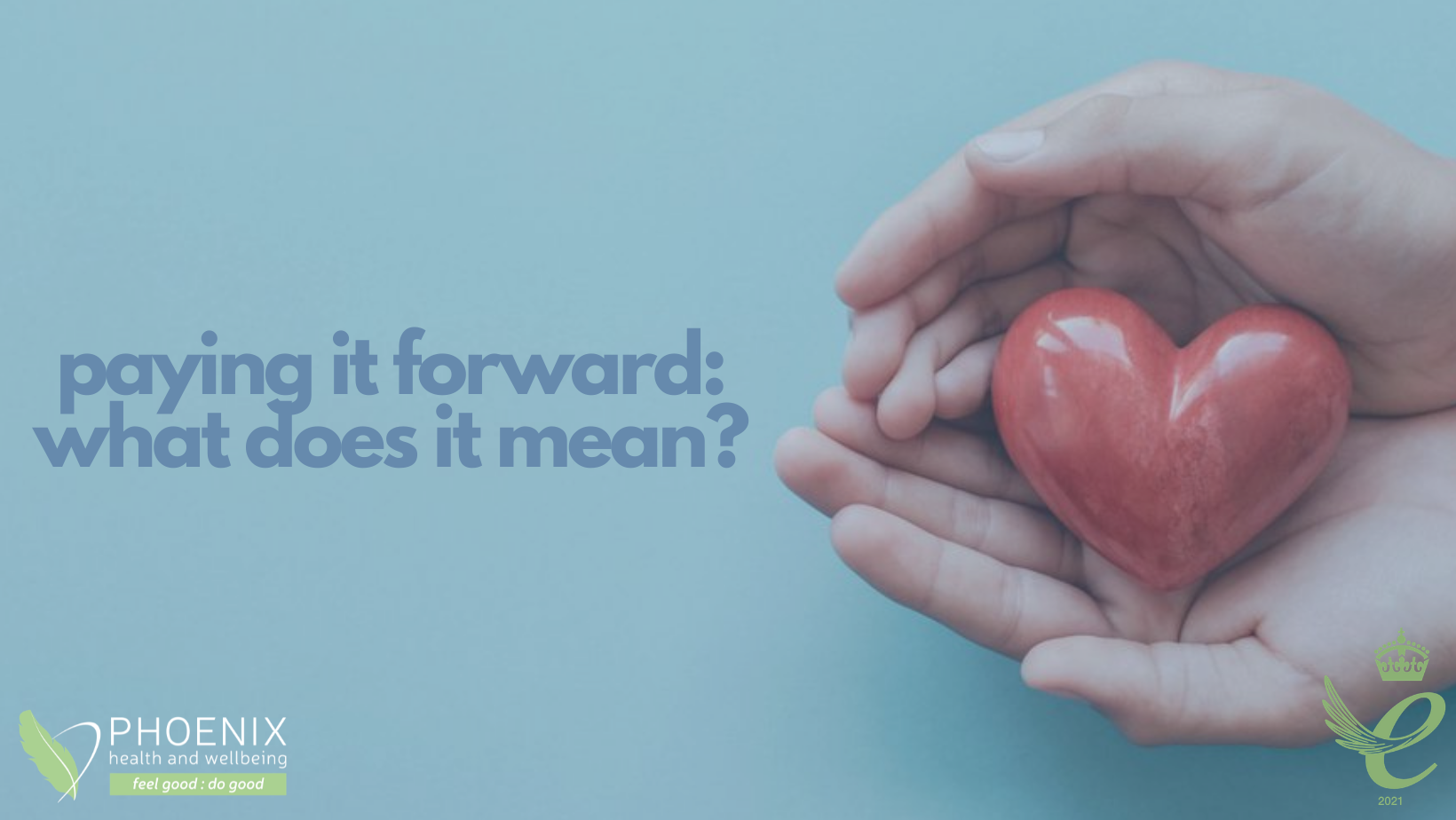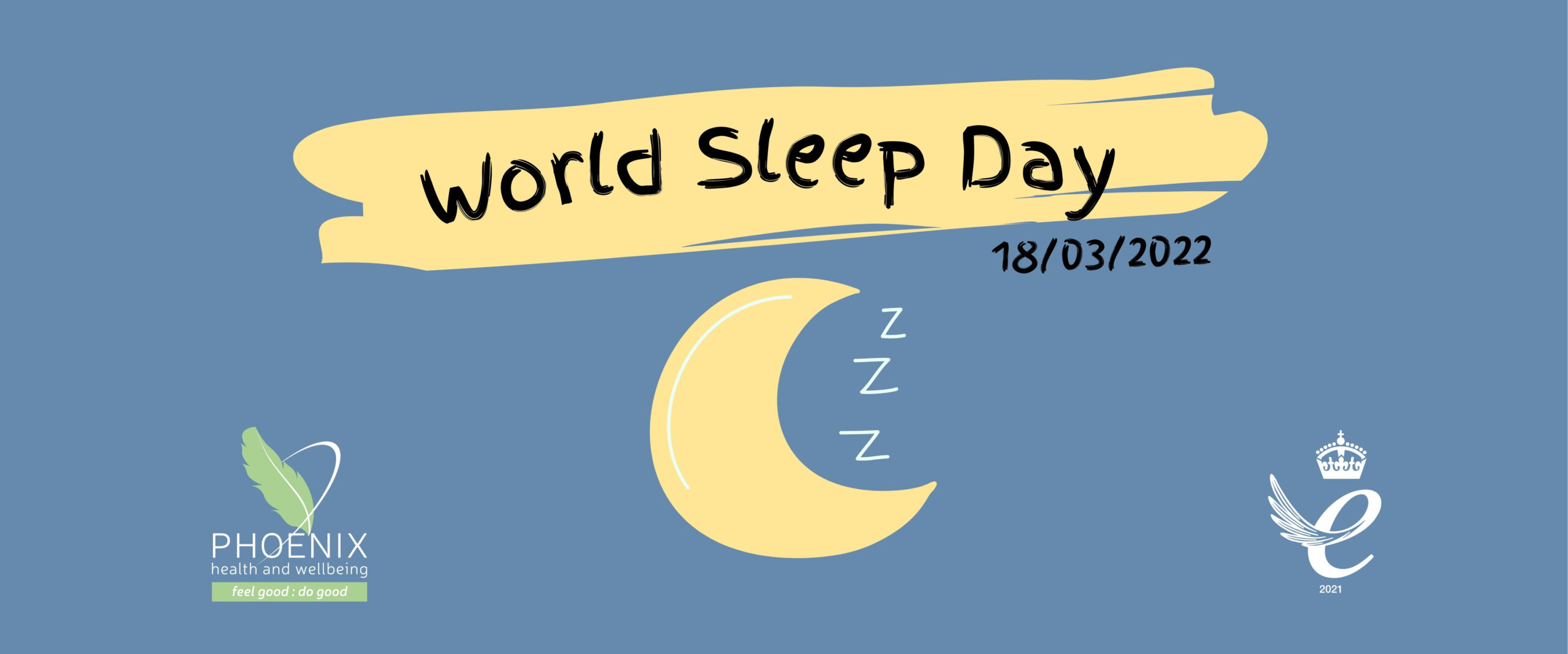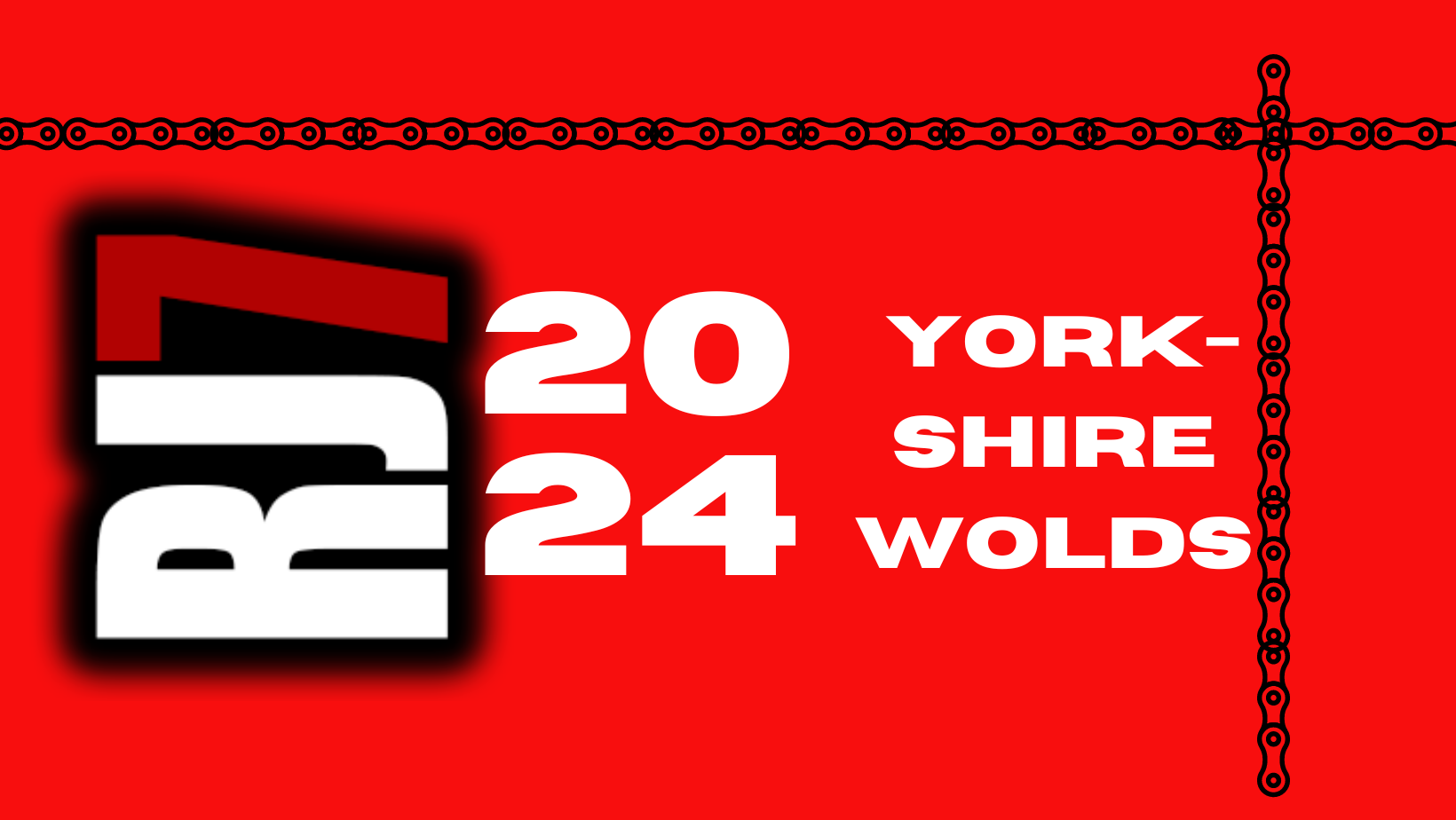
What’s in your stress bucket?
This week is National Stress Awareness Week. The theme this year is emotional stress.
When is stress not emotional?
It is possible to have things that cause physical stress or emotional stress or both. So, for example physical stress might be having to leap out of the path of an on-coming car. Emotional stress – well I’m sure we can all relate to that. It can be caused by a whole host of things; money worries, uncertainty about the future, relationships, work related issues. The list goes on. The main difference I suppose is that physical often elicits a physical response whereas with emotional stress you can be completely sedentary.
The End Result
What you have to realise is that with any stress – physical or emotional, the end result is the same. You will have a stress response, also known as your fight or flight response. This is a physical response that dates back to the dawn of mankind. It is a primeval response aimed at ensuring the survival of our species.
What happens in the stress response?
On a very simple level our stress response is designed to give us the best chance of survival when faced with life threatening situations. Some of the physical changes result from our endocrine system which controls the body’s hormones.
When you experience stress the endocrine system releases hormones in the groups of adrenalin and cortisol. These are designed to maximize our strength and speed. They zip around the body making distinct changes – here are a few;
- Our blood flow is diverted from what are seen as non-essential functions to make sure more blood goes to our vital organs – for example the heart and lungs so that we can run at a sprint away from danger
- Our intestines stop producing the mucus that lines them
- The blood flow to our guts is reduced
- Our immune system is suppressed
- Our breathing becomes shallow and we breath into the tops of our lungs with short sharp breaths
Are you stressed?
Not all stress is bad. We do need some level of stress. We are designed to deal with a certain level. Some stress can make you feel more alive and invigorated. This tends to be activity which you have some control of. It will also be something that has a discrete time frame and afterwards your body can return to its normal balance, homeostasis, before another stressful event occurs.
Stress tends to become a negative effect when stressful events happen in quick succession and your body can’t return to its normal balance before the next stressor occurs. Typically, in modern life, events which make us feel uncertain or lacking control can result in negative stress. If this continued stress happens over a period of time it is regarded as chronic.
Signs to look for
There are some key indicators to look out for that can show you are experiencing chronic stress. There are others but these are very common. You:
- wake in the middle of the night with your brain racing
- have frequent infections, colds or skin conditions are typical
- have irritable bowel or digestive troubles
- become forgetful when ordinarily you are not
- become moody or irritable
What next?
So, you have identified that you are experiencing negative stress – what do you do about it? The first stage to managing stress is to identify what it is that is causing your stress. It is highly unlikely to be just one thing. After you have identified what is causing your stress you can start to think about how to address it.
This is where the stress bucket comes in. The stress bucket is a really simple concept and that makes it very effective.
- Picture a bucket.Imagine the issues/events that are causing you stress are fluid going into the top of the bucket
- Picture each issue as a slice – this will give some proportionality to your stressors. e.g you might be stressed about: a relationship, work and finances.Pop these into your bucket and think how much space each takes up. So, for example work might fill 50%, a relationship might take another 20% and finances might be 10%. Your bucket isn’t full but you are still experiencing chronic stress.
- Now think what you can do about each stressor. It might be that you could speak to your boss about your work issues, speak to financial advisor. or get some counselling.You might also want to add in some regular stress reliving techniques: breathing exercises, yoga, meditation or running – whatever works for you.
- You can see that by making the holes in the bottom of the bucket work for you, you can manage your stress.
Keep Looking at your bucket
Simple hey – but here’s a final tip. Do a stress bucket exercise now. Then do it again regularly. Stress is a chameleon. An unpredictable animal that changes its colours frequently. Keep thinking about how full your bucket is and how you can release some of the pressure.
For more information about stress visit the International Stress Management Association
Phoenix Health & Wellbeing is a Charity. By coming to us for a treatment you are helping others less fortunate than yourself. We use the proceeds of your treatment to subsidise those who would not otherwise be able to access our therapies. Roughly £4 to every £10 spent with us will go to help others. For more information visit: https://www.phoenixhealthandwellbeing.org.uk/were-different/
Opening times:
Monday to Thursday from 10:00 to 20:00
Friday and Saturday from 10:00 to 16:00
Sunday closed.
Book your treatment via our website or call 0113 234 0818 to speak to one of the team




